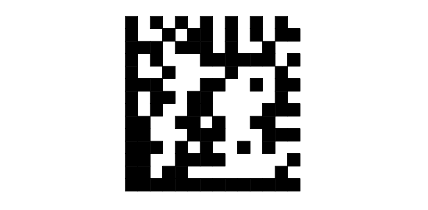
Ascii code a with umlaut code#
The reason is that the method works with a lot of regular expressions (as nearly every line of code contains a regexp). It's quicker to let to_latin1 work on a big (even multiline) string than to make a lot of callings with little strings (like lines or words). That explains the enormous complexity of this method, as it tries to solve a hard linguistic problem with a bit logic and many regular expressions (please also look to BUGS if you are interested in known problems). Of course, the method only tries to change where it should. '(C)' to '©' or in words like 'Crepe' it also restores the really writing 'Crêpe'. It also changes some other characters, e.g. It retranslates 7-bit ASCII representations into a reasonable german ANSI representation. The to_latin1 method is very complex (more than 700 lines of code). You can change this variable if you want to change the transliteration behaviour. The transliteration is defined with the global %Lingua::DE::ASCII::ANSI_TO_ASCII_TRANSLITERATION variable. The ANSI character with codes 128.160 are not printable and they are removed by default. It replaces each printable ANSI character (codes 160.255) with a (hopefully) sensfull ASCII representation (might be more than one character).

Please note that both methods take only one scalar as argument and not whole a list. It has two methods: to_ascii and to_latin1 which one do exactly what they say. This module enables conversion from and to the ASCII format of german texts. Print to_latin1("Dies muesste auch rueckwaerts funktionieren ma cherie")

Print to_ascii("Umlaute wie ä,ö,ü,ß oder auch é usw. Lingua::DE::ASCII - Perl extension to convert german umlauts to and from ascii SYNOPSIS use Lingua::DE::ASCII


 0 kommentar(er)
0 kommentar(er)
